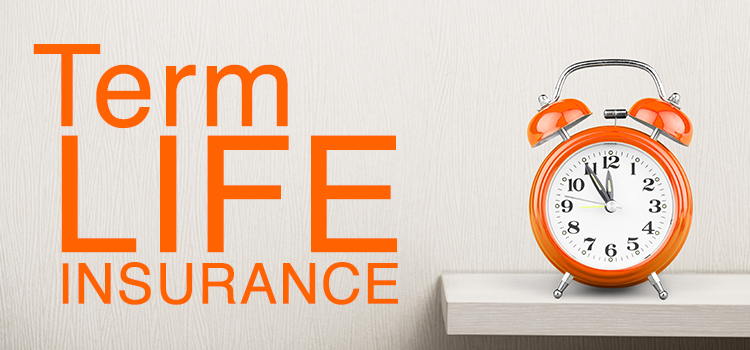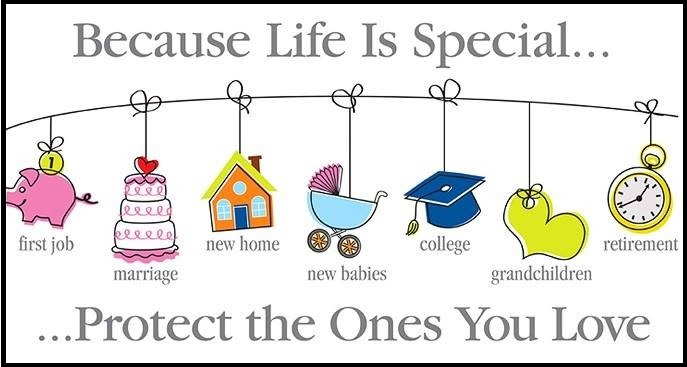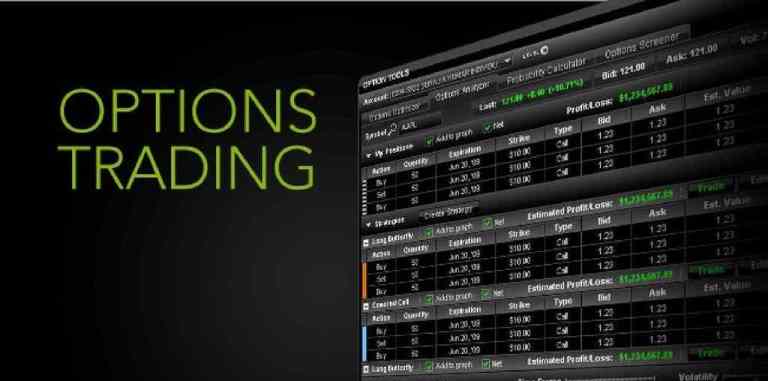One of my good friend had a small argument with me, that she would not invest in Term Insurance, because she will not get any “returns” out of it. I believe investing in a term plan looked a very unprofitable thing to her as she never gets back the money she paid as “premiums”, if she survives.
Endowment plans looked nice to her, because they provide money if you are dead and even if you survive. You get back money as the prize for not dying !!!.

With respect to Term insurance, she understood the fact that her family will get the money from insurance company in case of her death, but she was concentrating on the fact that she would not get back anything if she survives.
What is the return in that case? Nothing !!! and looked like some one is fooling you with a product called “Term Insurance”, where you are “investing” premiums to get nothing at the end.
Let me now tell why this happens and some give you some insight on this matter.
I have already talked earlier in my last post “Life Insurance and how to go about it”, about Term Insurance. Let me now take more deep dive into it and talk about the reasoning part.
I will first talk about fundamentals of Insurance and then talk about Endowment Policies and why are they popular, and what people don’t realize about them. and how Term insurance is the right thing for most of the people.
Basics of Life Insurance
What happens in a average family :
There is someone who earns and his family comprises of wife, kids, parents. if not all there is a subset of these family members. The head of the family earns and his family lives happily. All the expenses are met from the earnings of this main member, most of the time the husband. Now consider this person dies in an accident or for that matter because of any event.
What happens?
What happens to his family members other than the psychological trauma. If they don’t have money to take care for them selves, either some one from family have to take up the job and start working which may not be possible for them, or They have to decrease their standard of life to maintain the expenses.
They are now totally unsecured from future’s point of view. In short they are totally messed up, which should not have happened. I gave this detailed explanation for the circumstances because i wanted you to understand how bad can happen and proper measures must be taken care for this.
What is the Solution?
Adequate Coverage !!! this cant be compromised… You must have a backup plan which can give your family the same kind of income which confirms that they are not short of money in case the main earner is gone. If there are some debts like Home Loan, or any other tasks which need money apart from regular income, the cover must be good enough to cover that too..

For example :
Robert has a family expenses of 25,000 per month and there is a Home loan of Rs.25 lacs to be paid within 10 yrs. He is 27 yrs old. He has a wife, 2 kids and parents. All of them are dependent on him financially. He has investments of 5 lacs. Now in this case. In case he dies, who will take care of Home loan, how will provide them enough money to live life comfortably. They need 25k * 12 = 3 lacs per year.
Which they can get per month if they have 35-40 Lacs of money. If they put this in bank, they will get Rs.25,000 per month as interest which they can use. Considering inflation it will not be enough after some years, but lets leave it now for this example.
Add home loan of 25 lacs to this 40 lacs and what we come to know is that this family must be covered with minimum Rs 65 lacs . Rs 75-80 Lacs is a decent cover for this family. Now if he takes a cover of 80 lacs for his family, from that day he can happily live all his life without any tension , thinking what will happen if he is not there.
He will be attain peace of mind , and not be worried for it.
He must get a lot of internal peace because his Family is protected with a good enough cover to take care for them. And this is what you get in “return” from Insurance. No monitory return can give you more satisfaction than peace of mind.
So before doing anything else, his first step is to give adequate cover to his family and that’s the most important responsibility for him as a Husband, Father, Son. He must understand that this is not an investment for monitory benefit later in his life, but its for his family happiness and future.
Life insurance under MWP act is also one of the better option for married man. One point to remember and not forget is that this is the minimum cover required for family and anything less than this will be taking risk with family future.
Endowment or Money back Policies
Lets discuss the problems with these plans with respect to the above example.
High Premium : For an 80 lacs cover for say 30 yrs, the premium payable will be At least 2-2.5 lacs/year (this is a conservative figure). So now premium so high is not possible for anyone like Robert, so what they do?
They go with a kind of cover for which they can pay premium easily, can then they take cover for 5 lacs, 10 lacs or maximum 20 lacs. And guess who suffers in case of his death : HIS LOVED ONE’s.
It might also happen that they are compromising on a lot of small things which are important at that moment in time, like buying a bike for son, which they cant buy because of the insurance they have to premium, or some vacation they could have gone to with family, but compromise on that because of premium.
Money back at the end of the maturity is like a penny after so many years :
This is some thing most of the people overlook. They just see the numbers, 5 lacs 10 lacs or 20 lacs. And at the time of taking Insurance it looks good figure to them, because they see numbers, they dont see its value after many years, They don’t consider Inflation into account.
In case of above example, if Robert takes a cover of 15 lacs by money back policy, what happens if he survives the tenure. He gets 15 lacs at the end, Great Money after 30 yrs. Isn’t !!!
Lets see how great this money is? His monthly expenses will grow from 25,000 per month to 1.5 lacs per month (considering inflation of 6%). Now this money will help him survive for not more than 10 months … For so many years he pays high premium each year, just to get back money to cover his 10 months monthly expenses? What the hell !!!
Under Insurance :
Because of the fact that people want money back on survival and because of high premium, people end up taking policy for which they have to pay premium under there budget, which means less cover.
Without realizing the fact that they are highly under insured, the reason for this is that they see Insurance as investment product and not a protection cover for there family. When they die, there family get the money from Insurance company, but most of the time its not enough for them and it erodes very soon.
Term Insurance Policies
Lets discuss the features of Term Policies with respect to above example.
Cheap Premium : The premium is very low for Term insurance Policies. For above example. The yearly premium for Rs.75 lacs cover for 25 yrs is just Rs.20,000 yearly or just 1,600 per month !!! .
This is in any way affordable for most of the people. Its providing the fundamental requirement of Good cover and low premium and if you think of returns, Good cover and low premium can themselves be seen as good enough return. You family protection at low cost is the return you get.
Watch this video to learn more about Term insurance and it’s benefits :
Opportunity to invest rest of the money in High return Investments :
With term Insurance you save a lot of money in premium and now you can invest this money as per your wish in high return instruments, anyways in Endowment policies you put money for long term and you get it after so long time. So you can now always put your saved money in things which are long term investment products and return great returns.
One of those things is Equity Diversified Mutual funds and Direct Equity (depending on persons ability and interest). In long term Equity Diversified gives fabulous returns (15-20 yrs) and the risk is minimized because of long term.
And if you consider India growth story , it looks great in long term , hence Equities for long term is the most obvious choice. They will give you return of 15%+ CAGR. (15-20 yrs)
Also it will be flexible , you can not invest for a year or two, if you want to use the money for your family vacation or some important event.
Conclusion :
Insurance is not an investment product, its a Protection instrument for your Family or any one your want to cover. There are other products for your investments.
Let your finances be the way you want your life to be , SIMPLE !!!
Don’t mix Insurance and Investments. There are products like ULIPS(What are ULIPS) and Endowment or Money Back policies which never excited me. They complicate things, confuse people. They can be good if you understand how to make most out of it, but it require knowledge and expertise. They offer some flexibilities, but still they are not worth it.
Read more on Term Insurance at my Old article. I would be happy to read your comments or disagreement on any topic. Please leave a comment.
Disclaimer: All the opinions are personal and shall be taken as knowledge sharing and not as encouragement

